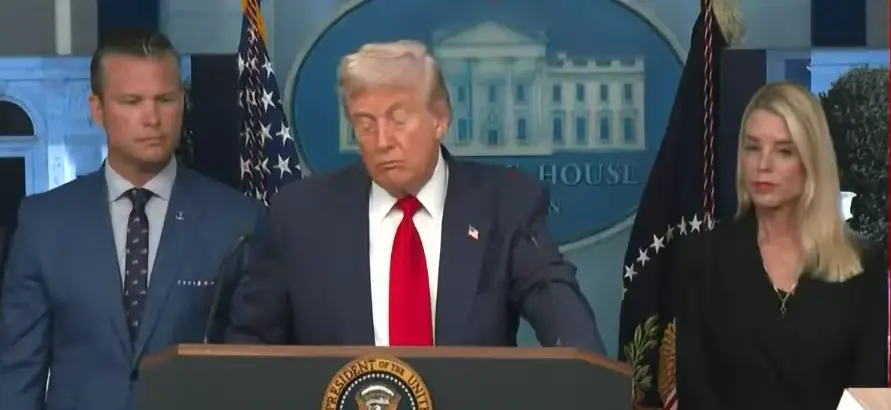
The clash signals rising tensions and shifting global alliances amid high-stakes diplomacy
What the US-India Trade Clash Reveals About Global Power Shifts Ahead of the Alaska Summit
Rising Pressure: Washington’s Tariff Threats
As global eyes turn toward Alaska for the high-stakes Trump–Putin summit, a parallel diplomatic storm brews between Washington and New Delhi. The United States has threatened a fresh wave of tariffs on Indian exports, citing trade imbalances and strategic leverage ahead of the summit.
The U.S. Trade Representative’s office announced potential new tariffs on Indian pharmaceuticals, textiles, and electronics—sectors that form the backbone of India’s export economy. The timing is strategic, as the White House seeks to project strength before negotiating with Moscow.
Officials close to the administration suggest the tariffs are part of a broader strategy to “rebalance trade relationships” and “ensure strategic alignment.” Critics argue it’s a pressure tactic aimed at forcing India to take a firmer stance against Russia, especially on energy imports and defense cooperation.
New Delhi’s Defiant Response
India’s Ministry of External Affairs responded swiftly, calling the tariff threats “unwarranted and counterproductive.” Foreign Minister Ananya Deshmukh stated, “India will not be coerced into altering its sovereign trade decisions. We value our partnership with the United States, but it must be built on mutual respect.”
New Delhi has hinted at retaliatory tariffs on American agricultural goods and tech products. Indian diplomats are reportedly engaging with EU and ASEAN partners to build a coalition against unilateral trade actions.
Social media campaigns under hashtags like #StandWithIndia and #TradeWithHonor have gained traction, reflecting growing nationalist sentiment and frustration with perceived Western double standards.
Watch the coverage here: US-India Trade Clash Explained
Global Stakes: The Alaska Summit’s Shadow
The Trump–Putin summit in Alaska is expected to address Arctic militarization, cyber warfare, and energy corridors. But the India–U.S. trade spat adds a new layer of complexity. Washington may be using economic pressure to align allies before negotiating with Moscow, while India seeks to assert its autonomy in a multipolar world.
Experts warn that escalating trade tensions could disrupt global supply chains, especially in pharmaceuticals and semiconductors. “India is not just a regional power, it’s a global supplier,” said Dr. Kavita Rao, a trade economist. “Any disruption will ripple across markets from Berlin to Buenos Aires.”
China, watching closely, may benefit from the discord. Analysts suggest Beijing could offer India alternative trade routes and investment incentives, further complicating U.S. strategic goals.
What Comes Next: Diplomacy or Decoupling?
The next few weeks will be crucial. India has requested high-level talks with U.S. officials before the Alaska summit, hoping to de-escalate tensions. Whether Washington agrees remains uncertain.
President Trump, known for his transactional diplomacy, may see tariffs as a bargaining chip rather than a long-term policy. Back in New Delhi, policymakers are weighing options—from WTO appeals to regional trade pacts that bypass U.S. influence.
The broader question looms: Is this a temporary flare-up or the beginning of a deeper decoupling between two of the world’s largest democracies?
Final Thoughts
For now, the world watches as trade, diplomacy, and geopolitics collide. One thing is clear—India is no longer a silent player in global affairs, and the United States must decide whether to treat it as a partner or a pawn.
Also read:
Stay updated with the latest news blogs—only on Rapido Updates.